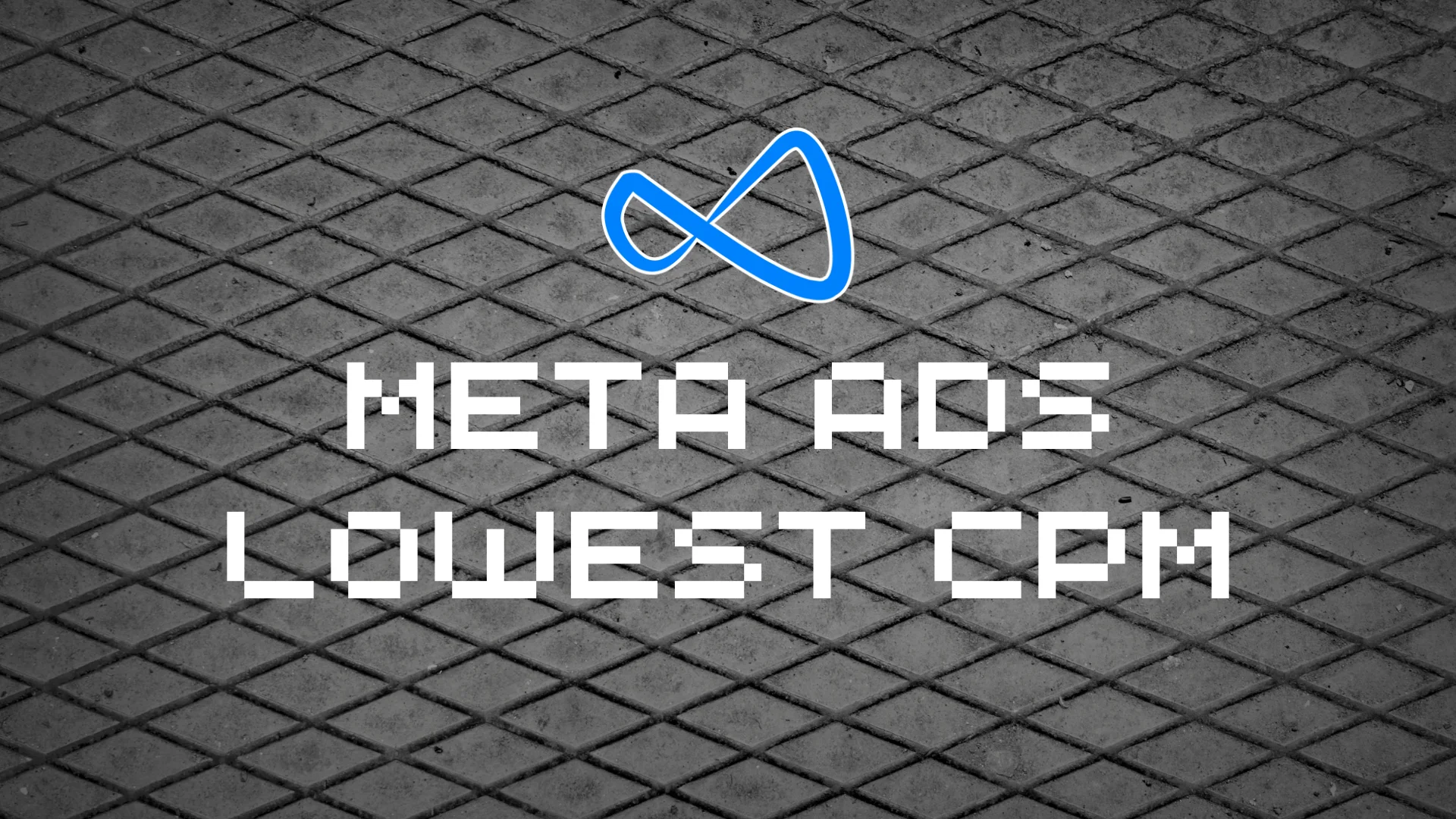Modern computers are learning to see much like how humans do and image recognition technology is making it possible.
Neural networks sit at the heart of this technology. It learns from data and recognizes patterns. As you feed more data about objects, faces, and even emotions, it gets better at “seeing” and understanding an image.
Image recognition is a subset of computer vision and artificial intelligence (AI). It includes techniques and algorithms that label and categorize an image’s content.
At its foundation, the tech is only beginning to evolve, but many organizations have already started using image recognition software to train models and add capabilities for recognizing an image in other software platforms. Nowadays, image recognition helps with medical diagnosis, finding lost people, and even making self-driving cars a reality.
The market’s potential is vast, and it’s continuously expanding to break into new industries. Let’s explore these stats and see what’s new in image recognition.
Image recognition market statistics
The image recognition market is growing fast and becoming popular in retail, healthcare, and security sectors. Artificial intelligence and machine learning are the primary drivers of market growth. Based on the statistics below, any opportunity in the image recognition market could be promising between 2023 and 2030.
See what the stats look like.
The global image recognition market is expected to show a compound annual growth rate (CAGR) of 10.42% from 2023 to 2030.
The US image recognition market size is expected to be the largest, valued at $3.94 billion in 2023.
$10.53 billion
is the projected value of the image recognition market for 2023.
Source: Statista
The North American image recognition market size went up by 11.86% in 2023.
Australia’s image recognition market is forecast to reach $280 million in 2023.
South America shows a significant increase in market size of 20.26% in 2023.
The global AI image recognition market size was valued at USD 3330.67 million in 2022 and is expected to expand at a CAGR of 24.91% to reach 12652.88 million in 2028.
The image recognition market in Asia is relatively smaller, with a size of $2.57 billion in 2023.
Central and Western Europe’s image recognition market size is even smaller at $1.88 billion in 2023.
The expected CAGR of the US image recognition market from 2023 to 2030 is 7.86%.
Image recognition technology statistics
Deep learning has a starring role in image recognition technology. Popular deep learning models like You Only Look Once (YOLO) and Single-Shot Detector (SSD) use convolution layers to parse digital images or photographs. Deep learning techniques and models will continue improving in 2023, making image recognition simpler and more accurate.
Furthermore, algorithms like scale-invariant features transform (SIFT), speeded robust features (SURF), and principal component analysis (PCA) image recognition models read, process, and deliver.
The technological ecosystem surrounding image recognition is rapidly changing. Tese stats will update you on what’s latest on the tech side.
MIT’s Computer Science and Artificial Intelligence Laboratory (CSAIL) developed a Masked Generative Encoder (MAGE) to infer the missing parts of an image. It achieved 80.9% accuracy in linear probing and correctly identified images in 71.9% of cases when given ten labeled examples from each class.
Object365, a large-scale object detection dataset, has been trained with over 600,000 images.
1,000 images
of each class are needed to train systems to detect and recognize images and objects.
Source: IBM
1 to 2 megapixels is ideal when images don’t need fine details for object detection. If images do require fine details, they’re divided into images of 1-2 megapixels each.
Large and powerful image recognition systems can handle 1000 frames per second (FPS). Conversely, common image recognition systems process at 100 FPS.
The largest publicly available dataset for training image recognition models is IMDB-Wiki, with over 500,000 images of human faces.
The Berkeley Deep Drive (BDD110K) is the largest varied driving video dataset. It has over 100,000 videos annotated for perception tasks in autonomous driving.
Image recognition consists of three layers – input, hidden, and output. The input layer catches the signal, the hidden layer processes it, and the output layer decides what it is.
A color image has a bit depth ranging from 8 to 24 or higher. In a 24-bit image, there are three groupings: 8 for red, 8 for green, and 8 for blue. The combination of these bits represents other colors.
4 first-order (mean, variance, skewness, and kurtosis) and 5 second-order statistics (angular second moment, contrast, correlation, homogeneity, and entropy) represent an image’s textual features.
Image recognition system accuracy statistics
With convolutional neural networks (CNN), the accuracy level of image recognition has increased. Still, challenges like deformation, variation of objects within the same class, and occlusion may affect the system’s accuracy. (Occlusion occurs when an object hides a part of a different object in the image.)
Despite these potential setbacks, image recognition systems display incredibly high levels of certainty. Explore these statistics to understand what accuracy you can expect from an image recognition software and how big the room for error is.
The average error rate across all datasets in image recognition is 3.4%.
The top-5 error rate in image recognition refers to the percentage of times a target label doesn’t appear among the five highest-probability predictions. Many techniques cannot get below 25%.
6%
is the average error rate for the ImageNet dataset, which is widely used in image recognition systems developed by Google and Facebook.
Source: MIT
The approximate accuracy level of image recognition tools is 95%. This is due to the development of CNN and other feature-based deep neural networks.
YOLOv7 is the most efficient accurate real-time object detection model for computer vision tasks.
From pixels to patterns
The statistics above clearly show that the image recognition market is on a growth trajectory from 2023 to 2030. The technology is evolving and increasing its accuracy with new updates and advancements. But the growth isn’t exclusive to image recognition. The whole area of computer vision is expanding in market size and adoption. As the market value grows, businesses that find a place in the image recognition sector will benefit.
Learn more about computer vision and understand how machines interpret the visual world.























